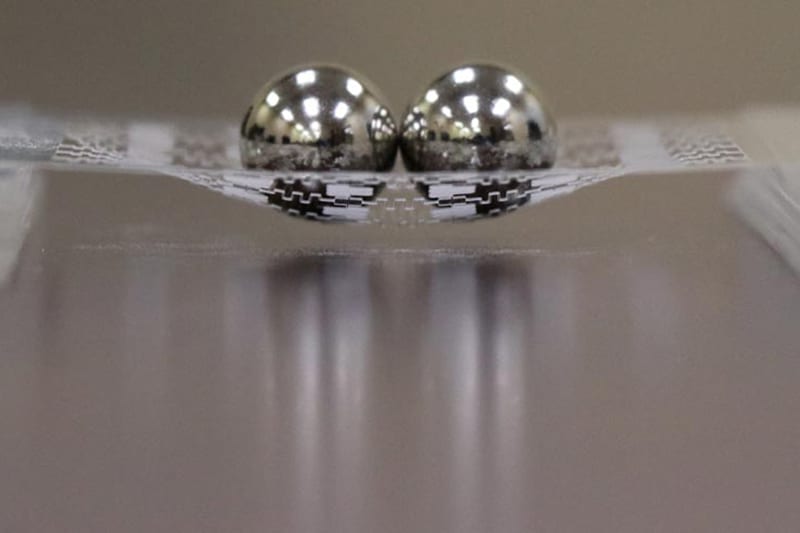Micromachining is quickly becoming a big business. In the coming years, this industry is set to grow exponentially in order to meet industry demands for smaller and more intricate parts. Here’s everything you need to know when it comes to why micromachining is needed and how this burgeoning industry will impact everyday lives over the next decade.
Where is Micromachining and Microfabrication Having an Impact?
Micromachining, sometimes called microfabrication, is starting to enter the local lexicon. That’s because industries such as the medical industry, aerospace industry, and electronic industry are taking full advantage of the many benefits and uses microfabrication provides.
According to research by The Insight Partners, micromachining is projected to reach a value of $5.48 billion by 2027. This is due to the ever-increasing demand for small parts for the aforementioned industries in an effort to better serve patients, consumers, and safety standards.

Micromachining refers to the manufacture of any part, or part feature, that requires tooling smaller than 1/8 inch or 3 millimeters in diameter. Advanced micromachining techniques allow for precision manufacturing of parts into the hundreds of micrometers!
Micromachining has been around a lot longer than people realize. It was first commonly used in watchmaking. But as technology advanced as time went on, the demand for smaller and more precise components continued to increase. The term micromachining now applies to a broad range of industries, parts, and materials. This can include all manner of biomedical devices, sensors, components for aerospace engineering, heart pumps, medicine delivery systems, monitoring systems, microfluidic devices, lab on chip devices, and even many of the parts in a smartphone.
The materials used in these parts also covers a broad spectrum. Stainless steel, plastic, glass, silicon, and other high-temperature alloys are quite commonly used in microfabrication processes.
As the microfabrication industry is changing in applications, so too are the techniques in microfabrication. Previously, physical tools and drilling were the common technique used to create these micro parts. Nowadays, gone are the sharp tools and special grinding equipment…and here to stay are advanced laser micromachining techniques. Laser ablation techniques allow for high precision and accuracy while being able to strictly adhere to a design specification.
Two common laser microfabrication techniques are bulk micromachining and surface micromachining. Bulk micromachiningis typically used to create MEMS (micro-electro-mechanical systems) through selective etching of a silicon substrate. If a MEMS device was the size of a house, most of it would be underground, excavated with a series of caustic chemicals until the desired structure and mechanical properties are constructed. Surface micromachining, on the other hand, builds the “house” within a surface layer that’s been deposited on top of a silicon wafer. Parts of this crystalline layer, roughly 25 microns thick, are selectively removed via a similar chemical etching process. Both processes have their pros and cons, and both are used to produce a wide array of exceedingly small devices. These include MEMS, inertial sensors, gyroscopes and pressure-sensing devices, all of which can be found in smartphones, automobiles, aircraft and various high-end industrial products.
Citrogene: Microfabrication Engineers in San Jose, California
Citrogene is the leading glass microfabrication expert in the world. We have the skills, knowledge, tools, and expertise to execute your custom design to perfection. As seen above, the demand for precision micro-sized parts and part features is going to continue to grow over the next decade. When it comes to producing microfabricated devices, pieces, or instruments, there is only one trusted microfabrication partner to consider: Citrogene. Contact us today to learn more about our glass microfabrication capabilities.
